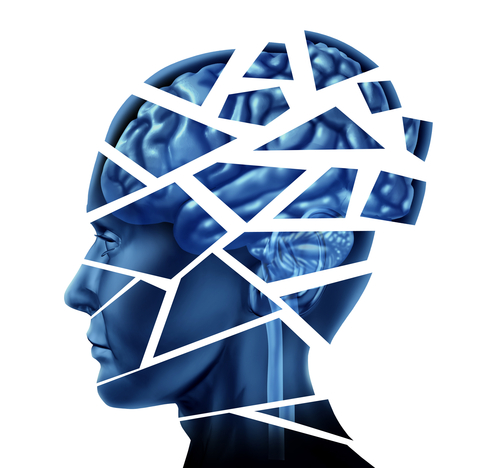A Neuro-Optometrist aims to address functional disruptions resulting from damaged communication from the eye to the brain usually from acquired brain injury (including trauma, stroke, tumors, and concussions), low vision (including reduced vision from macular degeneration, diabetes, and ocular albinism), and vision related-learning cases. Another related post about what is neuro-optometry, click here.
To better illustrate the nature of this practice, I will share a typical day in our clinic.
Pt1: A young child who previously presented with attention and coordination difficulties. He was previously referred by Dr. Ho to an occupational therapist for primitive reflex integration. Although he did not engage in vision therapy, his eye movements have much improved following better integration of gross motor, midline crossing, and body orientation.
Pt2: An ocular health exam for a patient with low vision from ocular albinism who drives with a bioptic telescope. She previously completed an in-office vision rehabilitation program which enabled her to develop efficient visual skills to deal with the distortion optics (increased magnification and decreased visual field) that come with using a telescope for driving.
Pt3: Another young patient who had monocular esotropia (inward eyeturn) which was well managed through optical prescription and regular encouragement in bilateral gross motor engagement.
Pt4: A new mid-age patient that is 3 years post-concussion referred by a physical therapist due to daily double vision, light sensitivity, poor stamina at near point, poor balance, and difficulties in vestibular-ocular integration.
Pt5: A young child who has visual-perceptual deficits beyond age-expected and also happens to be monitored regularly for uveitis due to a recent diagnosis with juvenile rheumatoid arthritis.
Pt6: A vision rehabilitation graduate who previous suffered a concussion in high school and could not tolerate extended near point engagement. She remains symptom free and off to graduate school!
Pt7: An older patient referred due to frequent double vision that her current compensatory prism glasses were unable maintain. She has functional visual acuity in both eyes despite mild central distortion in both eyes from dry macular degeneration and light sensitivity from corneal dystrophy which resulted previously in corneal transplants in both eyes. She also has a frequent eye-turn in one eye and a poor sense of space. She poses a high risk for falling.
Pt8: Rehabilitation therapy for a patient who suffered an aneurysm which resulted in the development of an eyeturn on one side. A computer prescription was released and the patient is working on improving visual skills at near point so that she may return to her computer desk job.
Pt9: Rehabilitation therapy for a patient who suffer a stroke, has aphasia, and is learning to develop effective visual scan techniques to compensate for incomplete right homonymous hemianopsia (right hemi field loss) in both eyes.
Vision Rehabilitation therapy helps improve the efficiency of the visual skills (eye control, eye focusing or accommodation, and eye teaming or vergence), and assist in the integration of vision with other sensory systems such as vestibular (ears) and proprioception (body) for balance and orientation. While many different types of patients can benefit from this approach, Dr. Ho exercises much care in providing this recommendation only when necessary. Supportive lenses, selective occlusion, and prism glasses are adjunct tools that may also be used by neuro-optometrists. To find a local neuro-optometrist, please check out Neuro-optometric Rehabilitation Association at NORA or www.noravisionrehab.org

